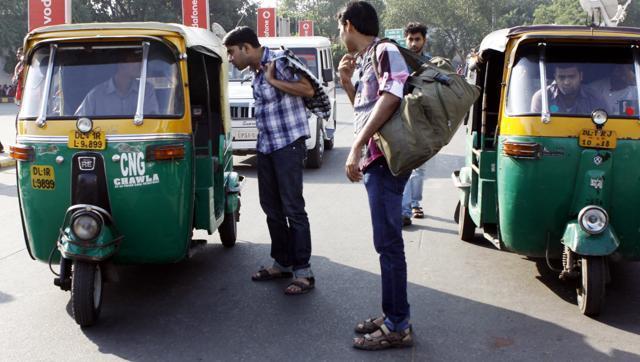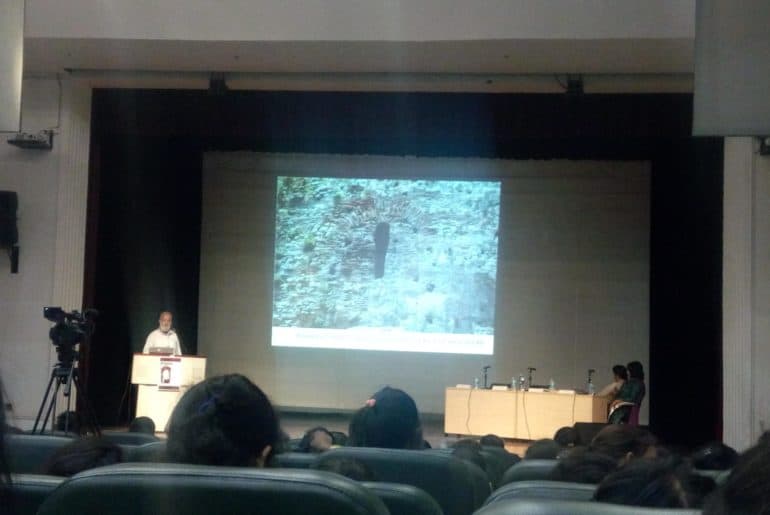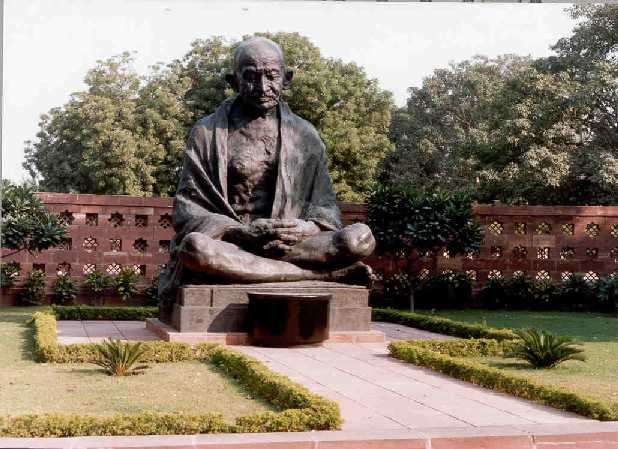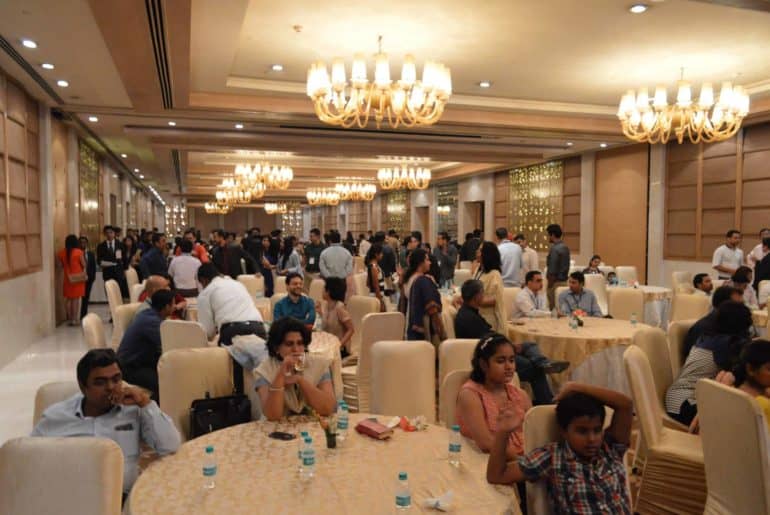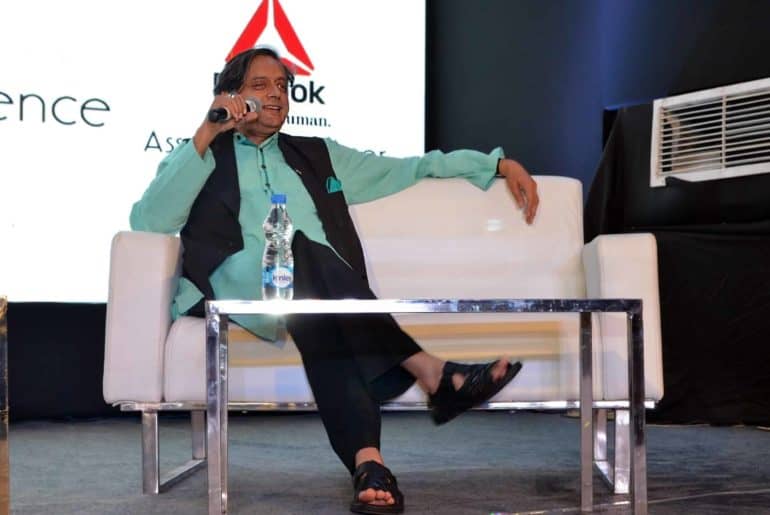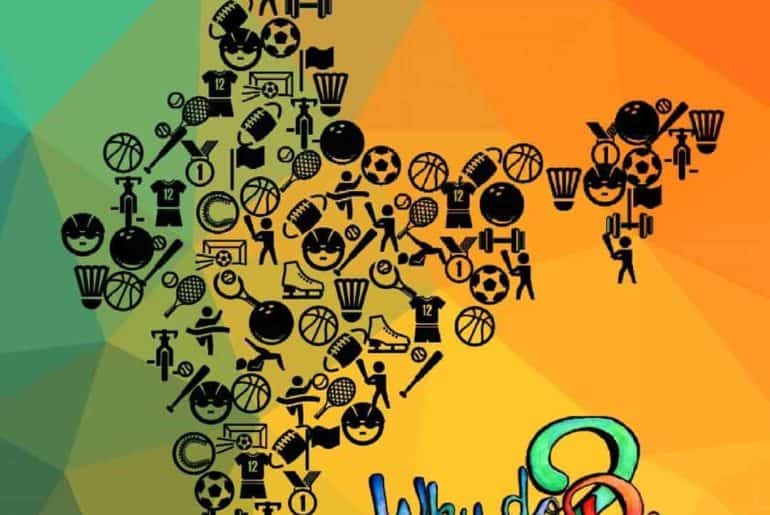Travelling by autos is an integral part of college’s commuting process for a large number of students. Be it door-to-door travelling or as a connector between metro station and the college. These autos usually operate on a sharing basis and drop you at your college gate for a small fare of Rs 10-Rs 30, acting as a crucial medium of last mile connectivity.
However, with app-based cab services like Uber and Ola, the business of these auto drivers seems to be in jeopardy. Especially with Uber giving promotional discounts of up-to Rs.50, a large number of students have started taking these cabs instead of the autos.
These cabs are air conditioned, the drivers do not demand more or less than the meter-generated amount, they do not refuse going someplace else just because there is traffic and you can find a cab for yourself anytime and anywhere by just moving your finger on your phone – giving students plenty of reasons to use these cabs.
Therefore, the auto-rickshaw associations, feeling threatened, decided to have strikes and demanded the government to ban these app based services in return. Besides this, these associations weren’t even letting the cab drivers enter many of their areas leaving the last mile connectivity system in a mess. As a result, the students could neither get an auto nor a cab. Many of them were even seen walking miles or asking for lifts to their college.
The idea of going on a strike doesn’t seem to be justified from the consumer’s perspective as this entire thing is all about evolution of business. The one who provides better services at lower prices, survives in the market. Even though India is a mixed economy, the transportation sector has already been opened for private players and besides that, their operation, too, would be well-regulated by the government making sure they do not exploit the customer. For instance, surge pricing by Uber and Ola was asked to be removed during the odd even days.
Thus, the possibility of getting these app based cab services stopped seems quite bleak. Still, it’s for the time to tell how things would unfold. Meanwhile, students should be prepared of standing at the metro station and being absolutely clueless about how to reach college.
Image Credits: Hindustan Times
Aditya Narang

